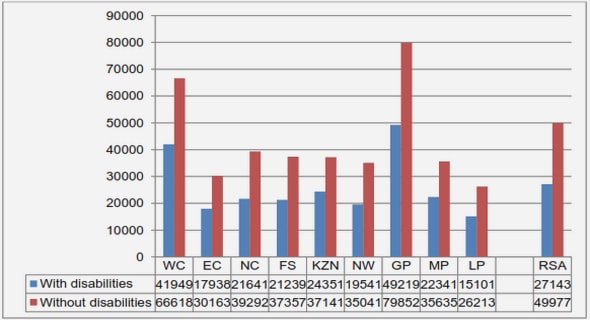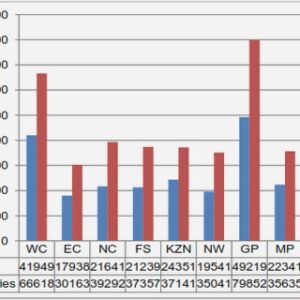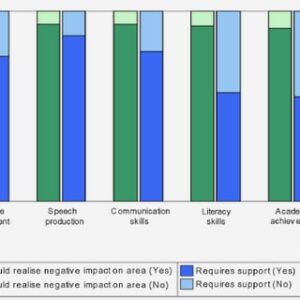(Downloads - 0)
For more info about our services contact : help@bestpfe.com
Table of contents
1 Introduction
1.1 Overview
1.2 Low-mass star formation
1.3 Chemical complexity evolution
1.4 Census of molecules in the interstellar medium
1.5 Aims and structure of this thesis
2 Description of IRAS16293-2422 and OMC-2 FIR 4
2.1 IRAS16293-2422
2.1.1 The physical structure
2.1.2 The outflow system in the IRAS16293
2.1.3 The chemical structure
2.1.4 Deuteration in IRAS16293
2.2 OMC-2 FIR4
3 Used Tools
3.1 Overview
3.2 Spectral surveys
3.2.1 Context
3.2.2 TIMASSS
3.2.3 ASAI
3.3 Lines identification
3.3.1 Criteria for identification
3.3.2 Tool: CASSIS
3.4 Lines parameters
3.4.1 Gaussian fit
3.4.2 LTE Modeling for upper limits
3.5 SLED Modeling
3.5.1 GRAPES
3.5.2 General description of the package
3.5.3 Method of work
4 COMs in IRAS16293-2422
4.1 Abstract
4.2 Introduction
4.3 Source description
4.4 The data set
4.4.1 Observations
4.4.2 Species identification
4.5 Analysis and results
4.5.1 Model description
4.5.2 Results
4.6 Discussion
4.7 Conclusions
5 Cyanopolyynes in IRAS16293-2422
5.1 Abstract
5.2 Introduction
5.3 Source description
5.4 The data set
5.4.1 Observations
5.4.2 Species identification
5.5 Line modeling
5.5.1 Model description
5.5.2 Results
HC3N
HC5N
DC3N
Undetected species and conclusive remarks
5.6 The chemical origin of HC3N
5.6.1 Cold envelope
5.6.2 Hot corino
5.6.3 HC5N
5.7 Discussion
5.7.1 General remarks on cyanopolyynes in different environments .
5.7.2 The present and past history of IRAS16293
5.7.3 The HC3N deuteration
5.8 Conclusions
6 Formamide in Low- and Intermediate-Mass Objects
6.1 Abstract
6.2 Introduction
6.3 Source sample
6.4 Observations and data reduction
6.5 Results
6.5.1 Line spectra
6.5.2 Derivation of physical properties
Rotational diagram analysis
Radiative transfer analysis taking into account the source structure
6.6 Discussion
6.6.1 Formation routes of NH2CHO
6.6.2 Correlation between HNCO and NH2CHO
6.7 Conclusions
7 Conclusions and FutureWork
7.1 Conclusions
7.2 FutureWork
A Figures on the HC3N modeling for the Chapter 5
B Analyses comparison in Chapter 6
B.1 Comparison between GRAPES and rotational diagram analyses
C Chapter 6 Tables
D Chapter 6 Figures
E Publications
Bibliography



